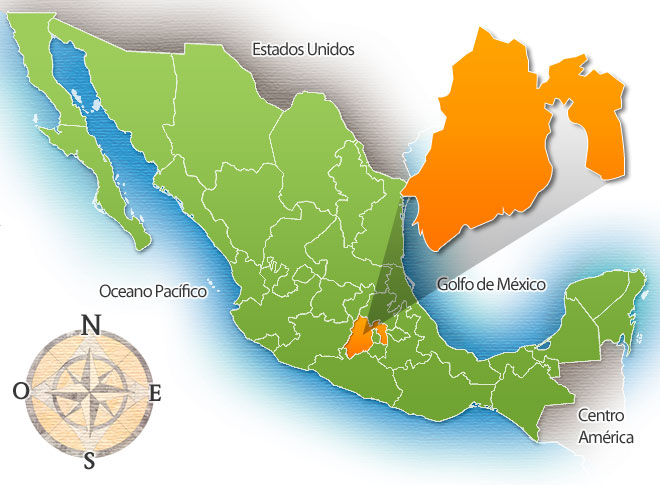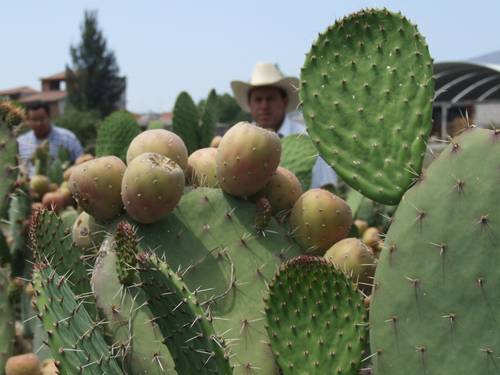The prickly pear
DESCRIPTION
It is a fleshy fruit, spherical ovoid, the size and color vary by species, have thin and fragile spines 2-3 mm long. Are edible, tasty and sweet, gelatinous pulp it containing numerous seeds.
CLIMATE
It thrives in temperatures between 12-34 ° C, with an optimum range of 11-23 ° C and an average rainfall between 400-800 mm, in loose, sandy limestone on marginal lands and infertile, shallow, stony, characterizing him wide soil tolerance, but heavy clay soils and wet are not suitable for cultivation, grows from sea level up to 3,000 m, it reaches its best development between 1.700 to 2.500 m.
SEEDING
The prickly pear is a product of Nopal played by shovels, shovel utilization requires them to have a size of between 20 and 30 cm, are healthy and scar junction with the mother plant is dry. Requires new planting between 3 and 4 irrigations to ensure rooting. The correct timing of planting is between December and January, with a distance of 4 x 4 m, is inconvenient in partnership to plant another crop, due to the space requirements of the roots and light needs.
HARVEST
The harvest considers factors such as the coloring and luster of the shell. This is done early in the morning, then the fruit is sweeped them should remove bones once scattered on a clean and soft, there should be no damage, injury or disease, nor should submit thorns, dirt or chemical evidence, finally must have size, shape and color as well homogeneous thin shell.
USES
It is used directly in food or for making jams and jellies, nectar, prickly pears in syrup, spirits, wines and dyes. It is a species widely used in agroforestry practices, with species associated with agricultural crops and / or forage, thorny hedges, hedgerows for soil retention, slope protection against erosion and, in general, as part of protection practices soil.











